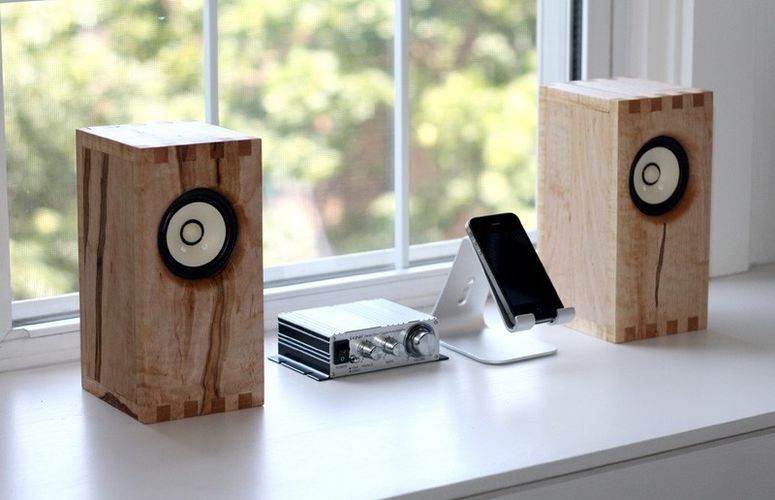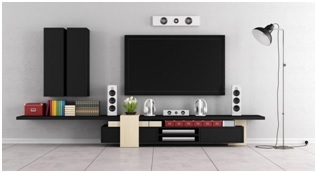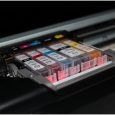Audiophiles and home theater enthusiasts wish to find the best pair of bookshelf speakers to satisfy their strong taste for a wide variety of music. In other works, bookshelf speakers are great for those who are willing to enjoy a bit more complexity in setup to earn better sound quality and better value than other choices available in the market. But what makes a good bookshelf speaker?
Availed with a receiver, your bookshelf speaker could let you hear your audio sources in a full resolution since it’s possible to link your devices to the receiver’s inputs. A good bookshelf speaker is a key to grasping the best possible audio experience from the sound system.
If you don’t own the right speakers, your home theater setup can’t do much as it comes to the real sound, especially when not choosing the right number of speakers for your home entertainment.

Number of Speakers
First of all, the best speaker setup mainly depends on your demands and what you want from the audio. Let’s consider the space, loudness, and the way your speakers are used. Do you own a large room or a small one? Are you living in a house or an apartment? Did you watch a lot of films or spend the entire time listening to music? And how much do you want to spend?

Here are a few factors to consider:
One Speaker for Small Rooms
You might not have enough room for placing too many speakers and your separate AV receiver. If so, then the soundbar is the best for your tiny rooms. It mixes multiple speakers in one unit, and several soundbars can process some audio formats or Dolby Digital so that you don’t need to have a receiver for any decoding task.
Two Speakers for Music Enthusiasts
When you love listening to music more than other audios, there’s no need to have five or more speakers; only twos are enough. Music is perfect for stereo sound, so instead of spending too much money for numerous decent speakers, choose the two best ones.
Five or More Speakers for Movies Buffs
Are you obsessed with movies and hate the idea of going to the movie theater? If so, this is probably your best choice to make. If you get into the level of madness, how about leaving a room for your home theater viewing? For the additional subwoofers, they will offer your home theater experience a little change, but if the bass from that subwoofer is not directional, get the most of it in case your room can’t allow for placement.
Frequency Range
Many bookshelf speakers own a great low-frequency response for cooler music hearing and movie watching. It’s good to pair your speakers with a separate subwoofer for greater access to those lower-bass frequencies.
So, frequency range is one of the most common elements deciding what makes a good bookshelf speaker. The speakers tend to arrive with a bunch of rated frequency ranges, so it’s not that hard to spot the change within one single brand. For instance, a speaker firm provides a bookshelf speaker owning a frequency range of 50 – 20,000 Hz while another one comes with a range of 45 – 20,000 Hz.
Crossover
When having your receiver calibrated, it might ask you whether the speakers are big or small. It will tell your receivers if the speakers could deal with deeper bass or less bass. If you’ve got the best tower speakers, this crossover point will be moved down to 80 Hz, enabling the kick that happens at 100 Hz that goes from your main speakers.
Since your subwoofer can tackle the low rumble under 80Hz, and as the receiver filters every bass frequency out of the speakers, it might take a large load off the back, telling them to deal with both mid and high notes.
In case you own little bookshelf speakers, the crossover point is usually set at or almost 120 Hz so that they won’t distort and more of the frequency range can come from your subwoofer.
Cabinet Design

The best cabinet volume for the woofer is around 2.2 cubic feet. To achieve this target, you must rely on the volume needed the most for the midrange, the volume of the port, and the space occupied by the drivers of the system. Besides, cabinet design can be made manually or based on the 3D computer-supported design software such as SketchUp.
For different designs of the cabinet and the reviews of outstanding bookshelf speakers available on the market, you can visit whitenoisesound.net to learn more!
Necessary Additional Equipment
There is a great number of single system upgrades that will help to boost the sound quality. Several of these options are quite affordable and facile to set up.
Speaker Wires
These high-end cables can bring a lot of benefits to you, and they’re mostly used for the electrical connections between the speakers and sources. But resistance is the essential element to consider out of other key properties like inductance and capacitance.
Audio Cables
They link the source components such as tape, CD, DVD players to a receiver or an amplifier. They are as crucial as your speaker wires. Besides, the cables bring the low-level signals, which are completely prone to any noises or interferences.
AC Power Conditioner
It gives you a steady current to the system components, enabling them to work at their best. By providing a constant voltage, you will worry less about your over- or under-powered system.
Conclusion
What makes a good bookshelf speaker? As you see through our post, there are so many things determining the quality of it, so take time to consider all of them before purchasing. But make sure to find the ones that won’t blow your budget.




